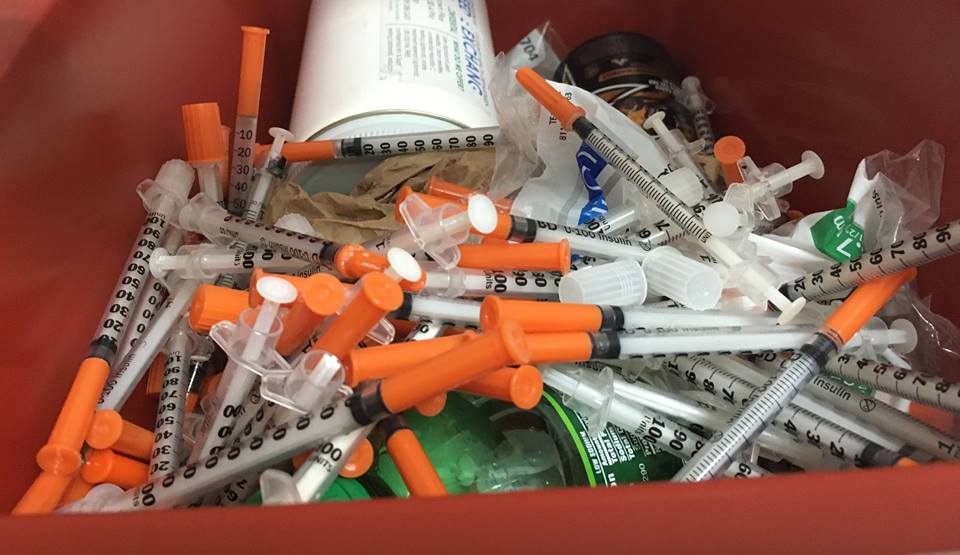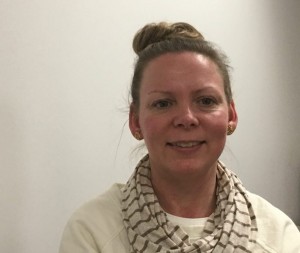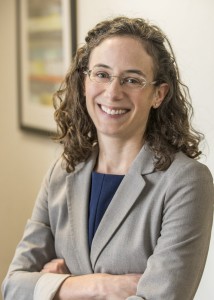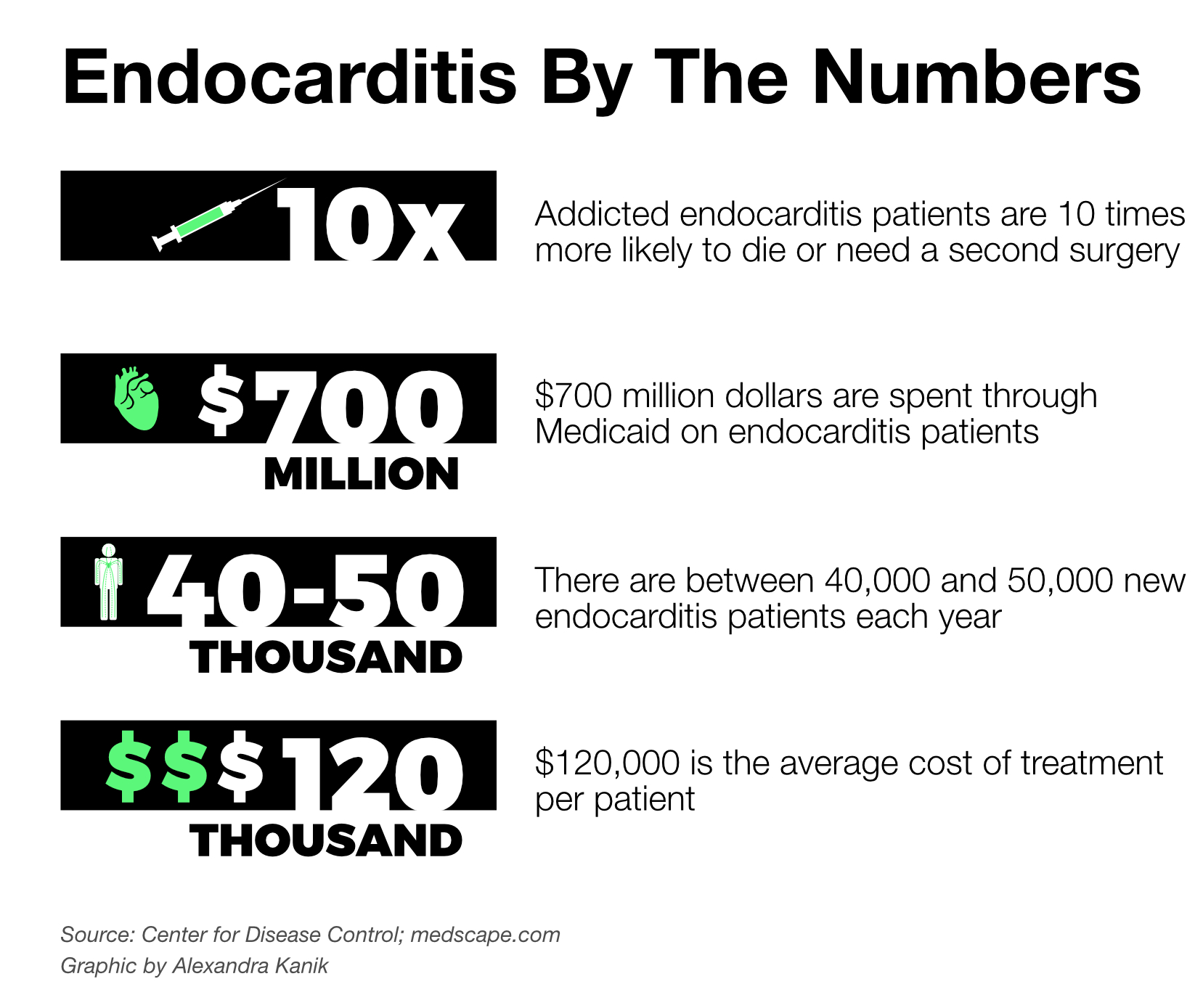News
Heart Of The Matter: Needle Drug Use Brings Spike In Heart Infections
By: Mary Meehan | Ohio Valley ReSource
Posted on:
The Ohio Valley’s addiction crisis has brought another health problem, as rising numbers of needle drug users are contracting a serious form of heart infection called endocarditis. The rate of endocarditis doubled in the region over a decade, and many patients require repeated, expensive treatment and surgery as they return to drug use and once again become infected.
According to the Centers for Disease Control and Prevention, annual Medicaid spending on endocarditis is more than $700 million, a number likely to rise if treatment does not change to also address the growing health impact of substance abuse.
Doctors at the University of Kentucky are creating a team approach to address endocarditis and the addiction contributing to it. It’s a challenge that has forced them to change traditional practices, break down walls between different medical practices, and get to the heart of the problem.

An Emerging Problem
Endocarditis is a result of bacteria accumulating around and infecting a heart valve. It can appear initially as mild, flu-like symptoms or chest pains and extreme discomfort. Emergency surgery to replace heart valves is required in the most extreme cases, but standard treatment involves weeks of sustained doses of antibiotics to make sure the infection is completely cleared.

Since 2008, University of Kentucky researcher Jennifer Havens has tracked the health of hundreds of addicts in Hazard, Kentucky. She said that in the last few years she’s seen a spike in endocarditis cases.
“They may or may not be sharing needles but they’re reusing the same syringes, which accumulates bacteria, which they’re basically shooting into their bodies,” she said.
Havens said traditional cardiac units aren’t designed to treat addiction so the patients frequently return to previous, dangerous habits.
“If you’re not treating their substance abuse issue in the hospital they can potentially go right back out and infect themselves,” Havens said.
According to the CDC, addicts with endocarditis are 10 times more likely than other patients to die or require a second surgery months after initially leaving the hospital. Research has also shown that addicts tend to leave the hospital more often before the weeks-long series of antibiotics that is necessary to complete treatment.

In many cases, the patients are in withdrawal from opiate addiction during treatment. The intense atmosphere of post-surgery care only amplifies the anxiety and pain of withdrawal from opiates, said UK infectious disease specialist Dr. Saritha Gomadam.
“It definitely affects us,” she said. “Our heart just goes out when we see a really young patient in their 20s crying that they want to quit.”
Overall, the median age of endocarditis patients is rising slightly. But at UK and other hospitals treating a large population with substance abuse disorders it is younger patients who are more often returning in need of multiple surgeries. Gomadam said the question of how to treat them most effectively “is something we talk about almost every time we are on service.”
“There is sort of a moment where you both sit there and you know you have to do something,” she said.
There are also physical limitations to how much the body can take.
“Any kind of surgery has its risks,” she said. “There comes a point where there’s only so many times that their body can be opened up.”
The scar tissue from repeated surgeries can make valve replacement difficult and dangerous.
Teachable Moment
When the patient comes into the hospital with endocarditis it offers an opportunity for the team to have a discussion about substance abuse treatment, said Dr. Laura Fanucchi, who specializes in internal medicine and addiction. She is working with Gomadam to create the new treatment method.
“I believe — and our data support this — that coming to the hospital being very sick from a complication from untreated substance abuse disorder or untreated opioid addiction can be a moment where we can really reach that patient and help them start positive changes,” said Fanucchi.

But addressing the social challenges around addiction requires skills outside of traditional endocarditis treatment.
“If we don’t work together we are not going to be successful because the patient has problems that my antibiotics will not cure,” said Gomadam.
Gomadam and Fanucchi are in the early stages of creating a unique team approach for endocarditis after seeing the same young, addicted patients again and again.
“We are working closely with internal medicine, cardiology, cardiothoracic surgery” Gomadam said, with each group bringing in a particular expertise.
Breaking Silos
Such an approach requires education for both patients and providers.
“A lot of patients with untreated addiction feel very stigmatized by the health care community,” Fanucchi said.
That distrust can result in patients being even reluctant to say they have a problem abusing drugs.
On the other hand, health providers often see the ravages of addiction but very few people in recovery. That takes its own toll, especially on health care providers.
“I think seeing for a long time the complications of untreated substance use disorder some health care professionals start to feel hopeless, and that will engender a culture of frustration,” Fanucchi said.

She said the answer lies in creating communication across medical and addiction services that have traditionally operated independently of each other.
“I think it’s long standing in treatment of addiction that it has been siloed from general medical care,” said Fanucchi. “It’s not historically been part of general medical education and residency. So we’re going to address that.”
The approach has been well received, she said, but it is a big shift that will take time.
Fanucchi said another key in finding the right treatment focus is recognizing the need for sustained medical intervention and recognizing relapse as a part of the disease process.
“Trying to be successful, particularly with opioids, with detox only or abstinence only is part of the reason that we are in this problem that we are in, unfortunately,” she said.
That means bridging the hospital stay with drugs that help with withdrawal, such as naloxone and buprenorphine, plus counseling or treatment.
“The analogy is that someone comes into the ER sick from diabetes and you send them home and tell them not to eat sweets but don’t give them any insulin,” she said. “And we wonder when they come back why their diabetes is a problem again.”

